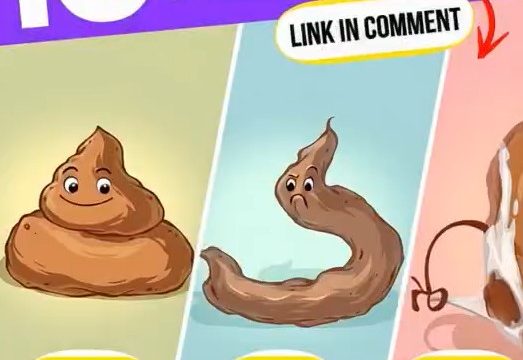Believe it or not, there are still people who think the two buttons on modern toilets are just for flushing—nothing more, nothing less. But those dual buttons actually serve a much bigger purpose. Dual-flush toilets are designed to conserve water and reduce waste, both for the environment and for your wallet. Yet despite their growing popularity, many people still don’t fully understand how they work or how to use them the right way. Let’s clear up the confusion and break down everything you need to know about this small but powerful bathroom upgrade.

What Is a Dual-Flush Toilet, Exactly?
If you’ve ever looked closely at a dual-flush toilet, you’ll notice two buttons—usually one small and one larger. Each button controls a different flush option. The smaller button uses about 3 to 4.5 liters of water and is intended for liquid waste. The larger button, on the other hand, releases around 6 to 9 liters of water, which is better suited for flushing solid waste. The idea is simple: only use as much water as needed.
This efficient design works by having two separate flush valves inside the tank. Depending on the button you press, the valve releases either a partial or full flush. It’s a straightforward concept, but one with serious implications for how we use water.
Where Did Dual-Flush Toilets Come From?
While the idea of using different amounts of water for different types of waste seems obvious now, it wasn’t always common practice. The concept was first introduced in 1976 by American industrial designer Victor Papanek in his book Design for the Real World. However, it wasn’t until 1980 that the first working dual-flush toilets were installed—in Australia, a country that’s long been focused on saving water due to frequent droughts.
How Much Water Can You Actually Save?
Here’s where things get impressive. A typical household using dual-flush toilets can save up to 20,000 liters of water every year compared to homes with older single-flush models. That’s not just good news for the environment—it also translates to noticeable savings on your water bill.
Especially in areas where water is scarce or expensive, switching to a dual-flush system is one of the easiest and most cost-effective upgrades you can make in your home. Less water down the drain means more money in your pocket and less strain on your local water supply and treatment systems.
The Environmental and Financial Benefits
Sure, dual-flush toilets might cost a bit more upfront than the standard model, but they quickly pay for themselves. Over time, lower water usage means lower utility bills. More importantly, using less water helps preserve natural resources and reduces the energy required to treat and pump water through municipal systems. It’s a win-win for both homeowners and the environment.
Why Do People Still Get It Wrong?
Despite being around for decades and becoming more common in new buildings, a surprising number of people still don’t know how to properly use dual-flush toilets. Often, the buttons aren’t clearly labeled, or users just default to pressing the larger button out of habit. This kind of misuse defeats the whole purpose of having a water-saving system in the first place.
Clear instructions and better awareness could go a long way in maximizing the benefits of these toilets. Public restrooms especially should offer visual cues so people know which button to use.
Using a Dual-Flush Toilet the Right Way
It’s really not complicated once you know what each button does:
-
Small Button: Use this for liquid waste. It typically has a small icon, such as a half-circle or a small water droplet.
-
Large Button: Use this for solid waste. This button is usually physically larger and may have a full circle or a larger droplet icon.
Getting into the habit of choosing the correct button can save thousands of gallons of water per household each year.
Why This Matters More Than Ever
Water isn’t an unlimited resource. With climate change, population growth, and infrastructure challenges, water conservation is more important now than ever. Using a dual-flush toilet the right way is a small action with big consequences. It’s an easy, everyday way to help combat water waste and contribute to sustainability without having to change your lifestyle dramatically.
More Than Just a Modern Bathroom Feature
At the end of the day, dual-flush toilets are more than just a cool gadget in your bathroom—they’re a step toward a greener future. By using them correctly, we’re not only saving money and protecting water supplies, but we’re also doing our part to reduce our environmental footprint. So next time you see those two buttons, remember: they’re not just for flushing—they’re a smart, practical tool in the fight to protect our planet’s most precious resource.





